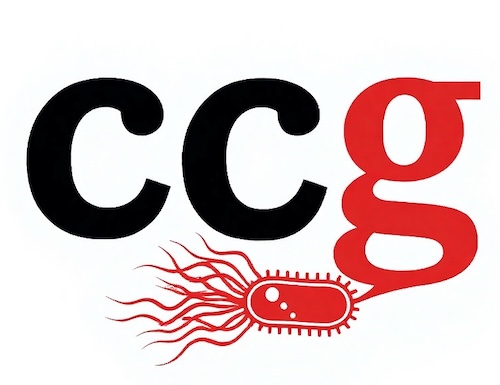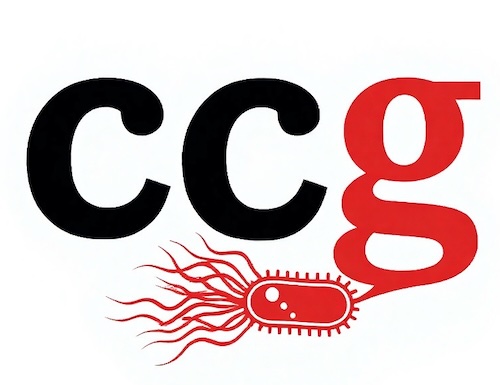Tonight I watched the March 2022 session with Cliv Brown explaining updates with Oxford Nanopore Technologies (ONT). I wanted to watch this longer (~45 min) session as we get closer to new updates. Brown spoke about how Nanopore signal is information rich and new approaches using machine learning algorithms. They explained the Q20+ chemistry with the kit 12 and phasing out R9. Interestingly, we still use R9 and seem to have phased out kit 12. Brown spoke about types of accuracy on released methods:
- Raw read “simplex” accuracy: Q20+ with “duplex” approaching Q30
- Consensus/ensemble accuracy: errors average out with coverage. Q50 bacterial genomes from 20X
- Test/hypothesis accuracy.
Brown spoke about adding additional metrics such as reporting the percent bases above Q20, Q40, and Q50. They explained that this metric is more meaningful for modified base calls. Errors or regions with lower Q scores are often clustered together. Kit 12 has slower movement through the pore: 250 bps instead of 400 bps. To overcome this limitation, they updated the chemistry to R10.4.1 with a new motor that is faster. Kit 14 has the new motor and pore combination to increase throughput and accuracy. Users are also now able to change run settings to adjust the balance between speed and accuracy.
Duplex to read both strands is a “natural behavior” and “we can tune up the rate at which duplex reads are captured” noted Brown. The timeline on a slide was to “discontinue” R9 toward the end of 2023.
For methylation accuracy and analyses, Brown believes that they have surpassed bisulfite methylation analysis. Remora integration into MinKNOW is the goal. Using synthetic modifications, ONT is training base calling for modifications. Brown described the “outy sequencing” in which a DNA molecule can be read back and forth. For example, you can capture a sequence of interest and sequence it over and over.
Dorado will functionally replace Guppy. Improvements will now speed up base calling. They are also working on Browser Calling: https://bonito.epi2me.io The goal is to allow basecalling locally without installation of software. Adaptive sampling allows bioinformatic selection of sequences of interest. The PromethION was updated with new GPU. The PromethION P2 and P2 Solo allow for powerful flow cell use. The P2 Solo can do 550-600 Gb/run and use existing GPUs and storage (for about $10.5k). The multichannel flow cells will also be released. They are also working on the MinION Mk1D using iPad Pro case, MinION flow cell slots, and even… a VolTRAX? This device/case for an iPad will be very useful for field work. Short Fragment applications are also being developed. They sequenced cell-free DNA (cfDNA) from Brown using short-fragment utilities. Brown ended by explaining that more updates were going to be released at London Calling 2022… I am now curious what will be released this year!



